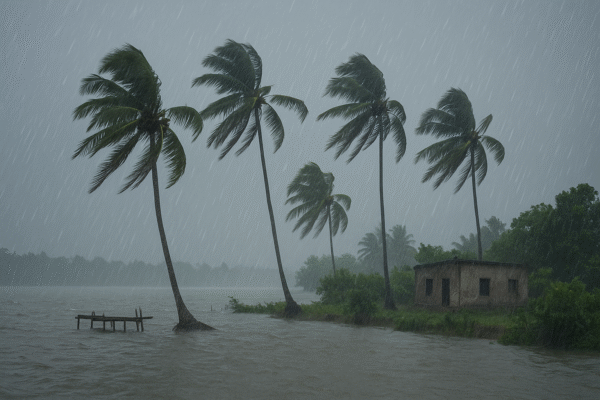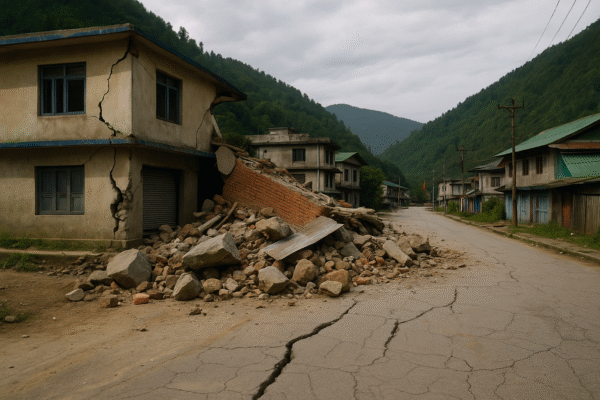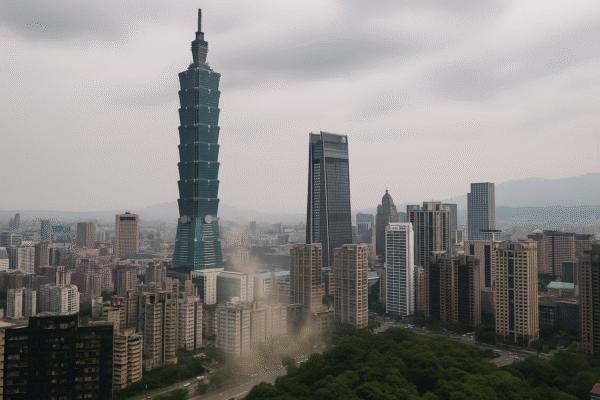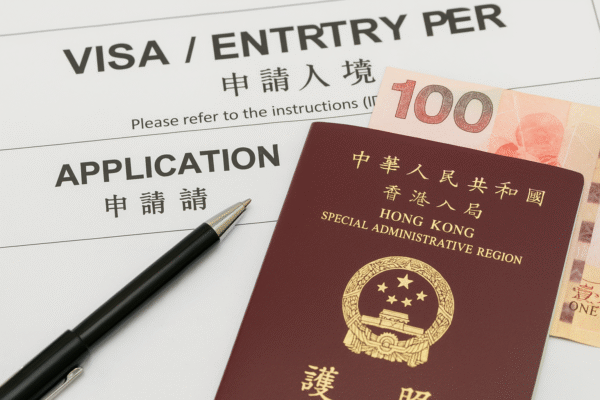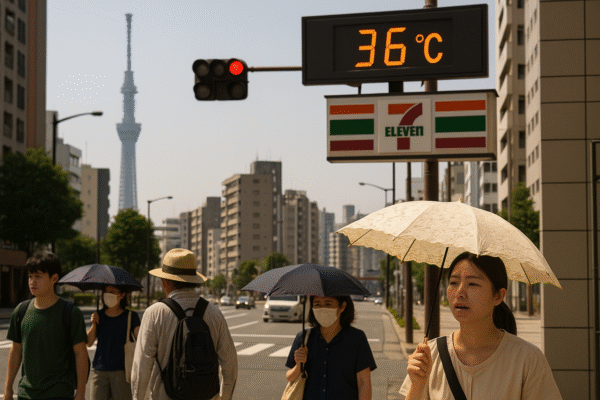As summer in Japan reached staggering new heights in 2025, Tokyo experienced its most relentless spell of heat on record, enduring 10 straight days of temperatures at or above 35 °C—a milestone never seen since modern record‑keeping began. This sweltering heatwave shook both residents and tourists, challenging everyday routines and reshaping the travel landscape.
A Record-Breaking Heatwave and Its Broader Context
From August 18 through August 27, Tokyo baked under an unyielding high‑pressure system that trapped intense sunshine over the city. Not only did this mark the first ever such streak in Tokyo’s recorded history dating back to 1875, but it also pushed this year’s count of 35 °C+ days to 23, breaking the previous annual record.
Worsening the situation, central and northern regions of Japan, including Gunma Prefecture, saw new all‑time temperature highs—41.8 °C was recorded in Isesaki on August 5, making it the nation’s highest temperature ever documented. This extremes‑laden summer followed record‑hottest June and July on a national scale, with July averaging nearly 3 °C above the 1991–2020 average.
Life Under the Sun: Impacts on Tourism and Daily Life
For travelers navigating Tokyo’s packed streets and scenic spots, the heat turned leisurely strolls into endurance tests. Museums, gardens, and neighborhood cafés offered precious respite, while tour operators promptly adjusted itineraries to favor air‑conditioned venues and early‑morning or evening excursions.
Residents and visitors alike took precautions—shade umbrellas, lightweight breathable clothing, and strategic use of AC became daily essentials. Local outlets reported skyrocketing demand for cooling gear, including portable fans and cooling jackets, especially among outdoor workers.
Moreover, rising sea temperatures disrupted traditional food tourism: sea urchin bowls on Rishiri Island soared to ¥15,000–18,000 (roughly US $100–120), twice their previous prices, as catches plunged amid warming waters. With cuisine such a vital part of travel experiences, this inflation altered how both locals and tourists dined.
Health, Infrastructure, and Climate Implications
The heatwave exacted a serious human toll. Hospitals across Japan registered surging heat‑related admissions—over 53,000 hospitalizations due to heatstroke—and the strain on medical and emergency services intensified. Public health authorities warned in advance about heatstroke risks and urged people to stay hydrated and use air‑conditioning generously.
Outdoor industries and tourism entities—like construction, guided tours, local crafts markets—adopted new safety protocols. These include shaded rest areas, breathable fabrics for workers, and even experimental “cooling gear” to ward off heat exhaustion.
Climate experts underline that such heatwaves are symptomatic of long‑term warming trends. Data show that this summer matches the hottest on record for Japan, with climate models attributing much of this severity to human‑driven climate change.
Smart Travel Strategies for Heat-Soaked Highlights
Visitors considering a trip to Tokyo during high summer should pack with purpose:
- Choose cooler travel windows like early mornings or evenings to explore outdoor attractions.
- Plan indoor experiences—Tokyo’s art museums, themed cafés, and covered markets provide climate‑controlled escapes.
- Stay hydrated and dress light, with sun‑protective accessories such as hats and UV‑blocking umbrellas.
- Be flexible—some tour or event schedules may shift due to heat alerts or public advisories.
The Heat Continues to Shape Japan’s Tourism Narrative
Tokyo’s unprecedented heat streak isn’t just a weather anomaly—it’s a critical plot twist in Japan’s tourism story. Travelers now weigh the risks of extreme heat alongside cultural allure. At the same time, Japan’s tourism industry and public agencies are adapting with heat‑savvy strategies: shaded pedestrian routes, mist cooling stations, and heat‑aware visitor alerts are becoming part of the infrastructure.
The same climate forces that baked Tokyo also threaten Japan’s iconic agricultural scenes—rising temperatures sap rice fields, disrupt cherry blossoms, and even affect snow coverage on Mount Fuji, which has appeared later or less fully in recent seasons.
Closing Thoughts
As Tokyo endures its longest 35 °C-plus heatwave ever recorded, the effects are tangible for tourism, health, and the environment. Travelers seeking the city’s cultural treasures must also plan for the climate—balancing wonder with weather. Meanwhile, the intensity of this summer underscores a pressing reality: Japan, like many parts of the world, is living the consequences of a warming planet. Intelligent adaptation—from traveler choices to wider infrastructure shifts—will define how tourism thrives in this new, hotter era.
For more travel news like this, keep reading Global Travel Wire




